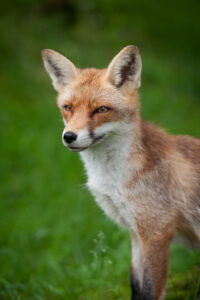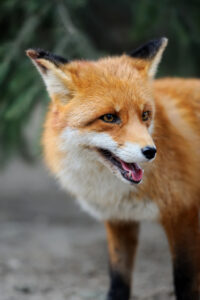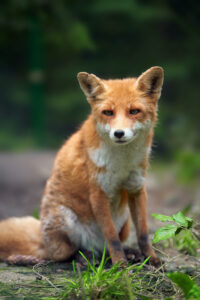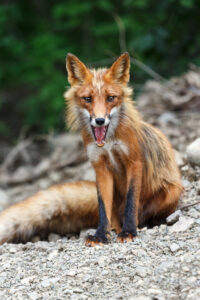The Red Fox (Vulpes vulpes), with its iconic fiery coat and bushy tail, is one of the most recognized and widespread mammals in the world. As omnivores, these cunning creatures have a varied diet that allows them to thrive in diverse habitats. But what exactly do they feast on?
Key Takeaways
- Red Foxes are omnivores with a diverse diet.
- They primarily consume small mammals, birds, and insects.
- Seasonal changes influence their food choices.
- Human-made environments can alter their natural feeding habits.
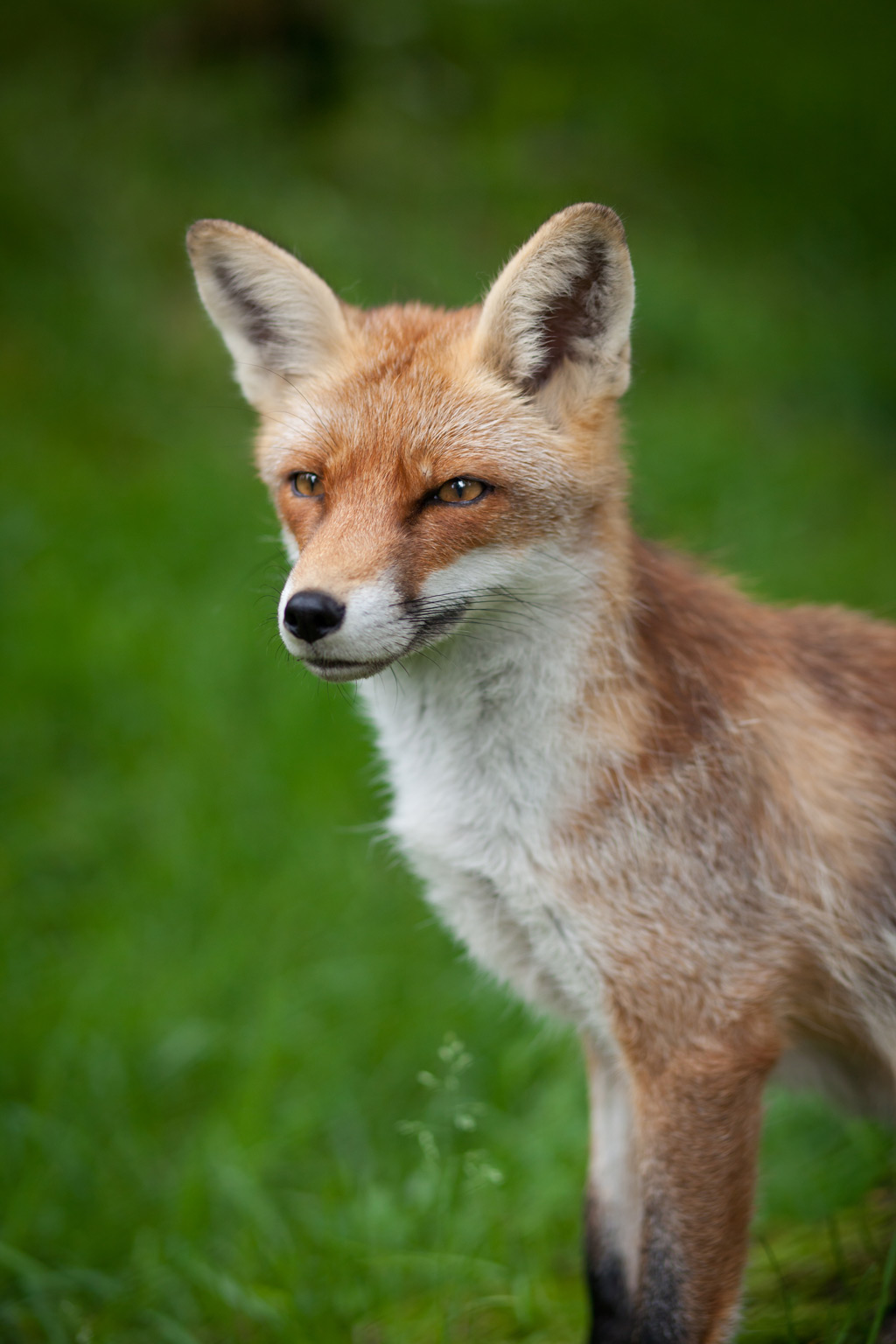
Habitat and Distribution
Red Foxes are found across the Northern Hemisphere, from the Arctic tundra to North Africa, North America, and Eurasia. Their adaptability to various environments has played a significant role in their diet.
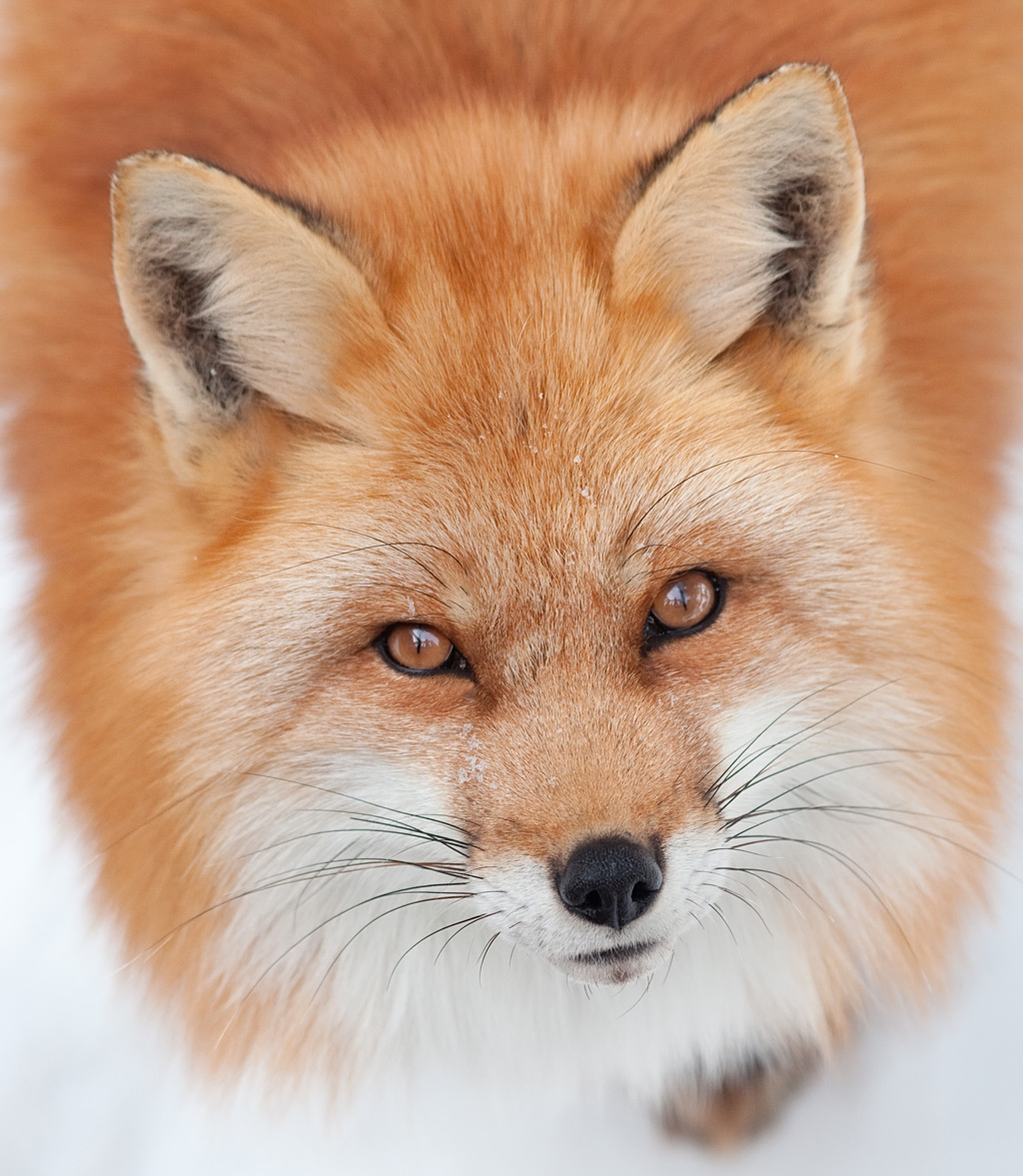
Primary Diet: Small Mammals and Birds
Rodents: A Staple Food Source
Rodents, especially voles, mice, and rats, form the bulk of a Red Fox's diet. These small mammals are abundant and provide the necessary nutrients for the fox's survival.
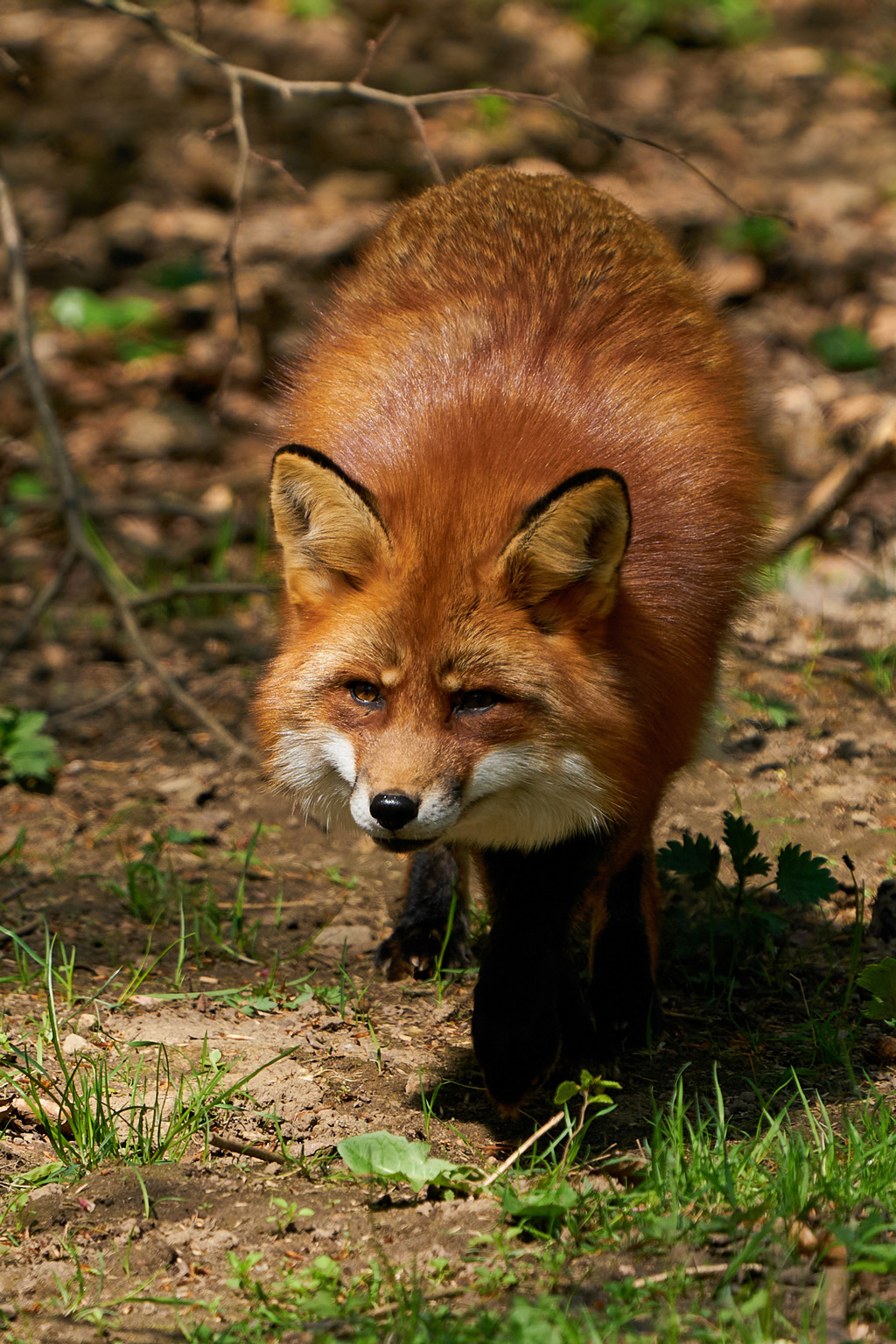
Birds: Opportunistic Predators
When rodents are scarce, birds become a primary target. From ground-nesting birds to young fledglings, Red Foxes are known to snatch them up, especially during the breeding season.
Insects and Other Invertebrates
During warmer months, insects like beetles, caterpillars, and crickets become an essential part of the Red Fox's diet. These invertebrates are rich in protein and are readily available.
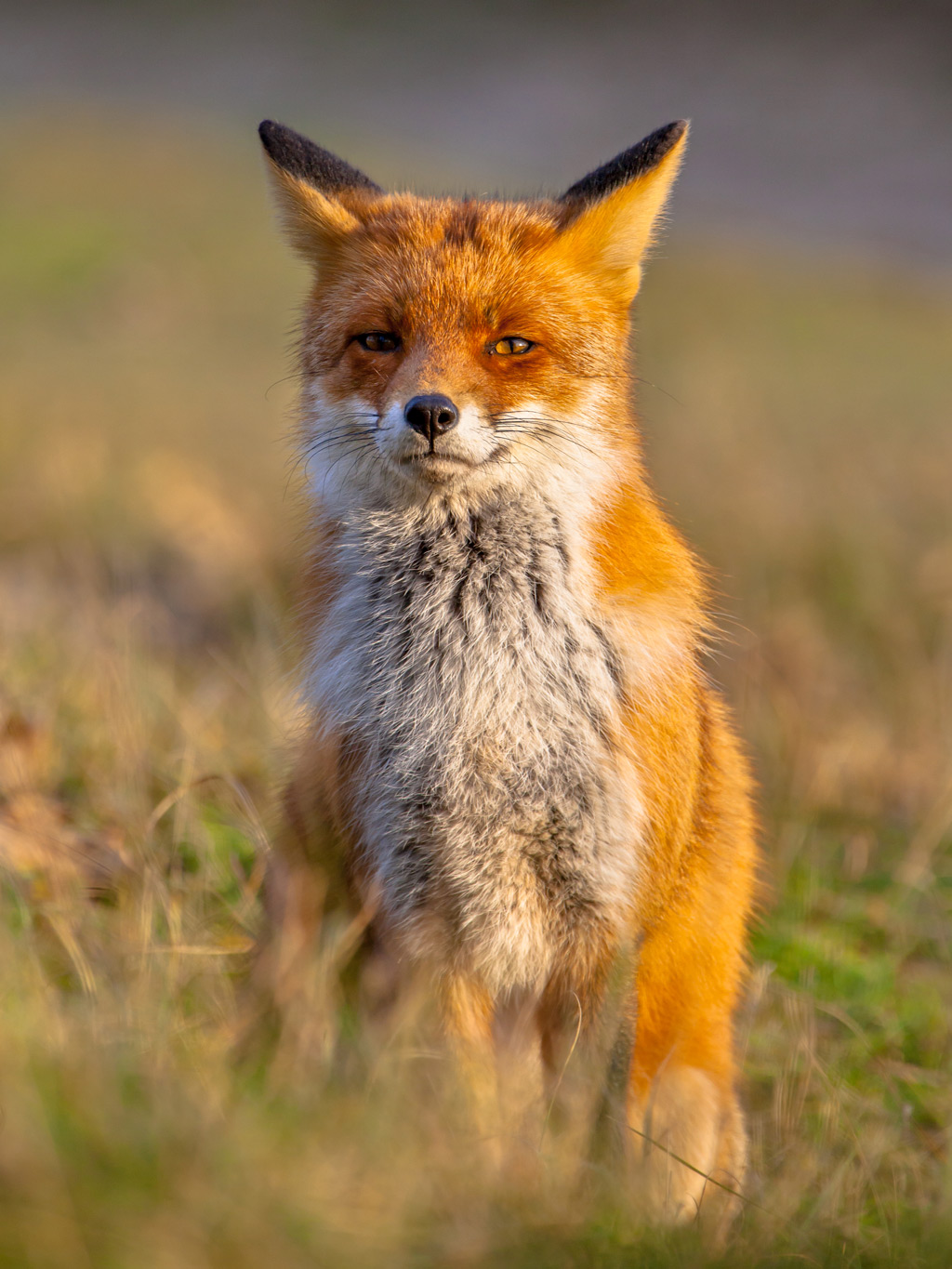
Seasonal Variations in Diet
The diet of the Red Fox varies with the seasons. During spring and summer, they consume more plant-based foods like berries and fruits. In contrast, winter sees an increased intake of meat due to the scarcity of plant foods.
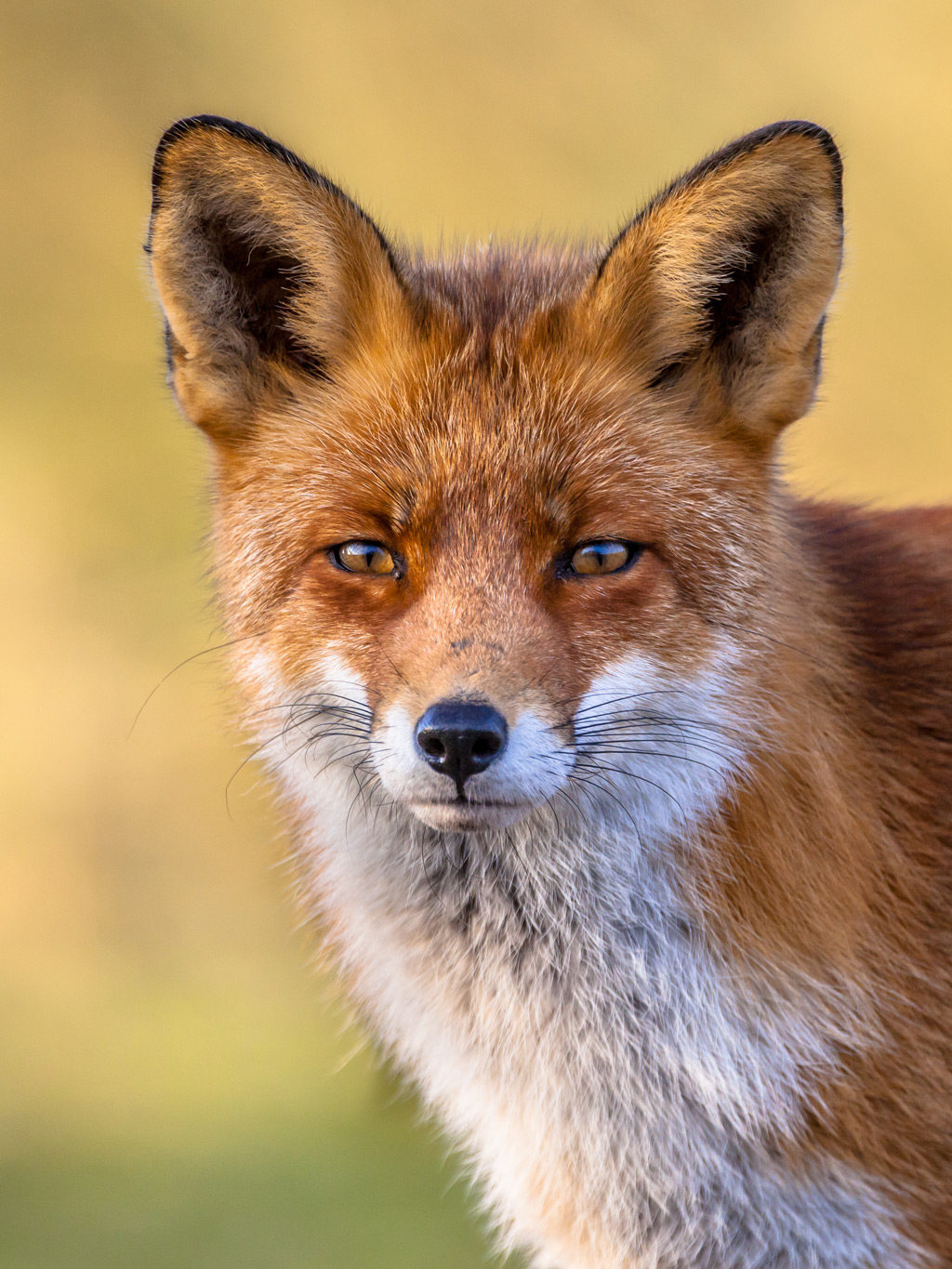
Human Influence on the Red Fox Diet
With urbanization, Red Foxes have learned to adapt to human-made environments. This adaptation has led to changes in their diet, with some foxes scavenging from garbage bins or even being fed by humans.
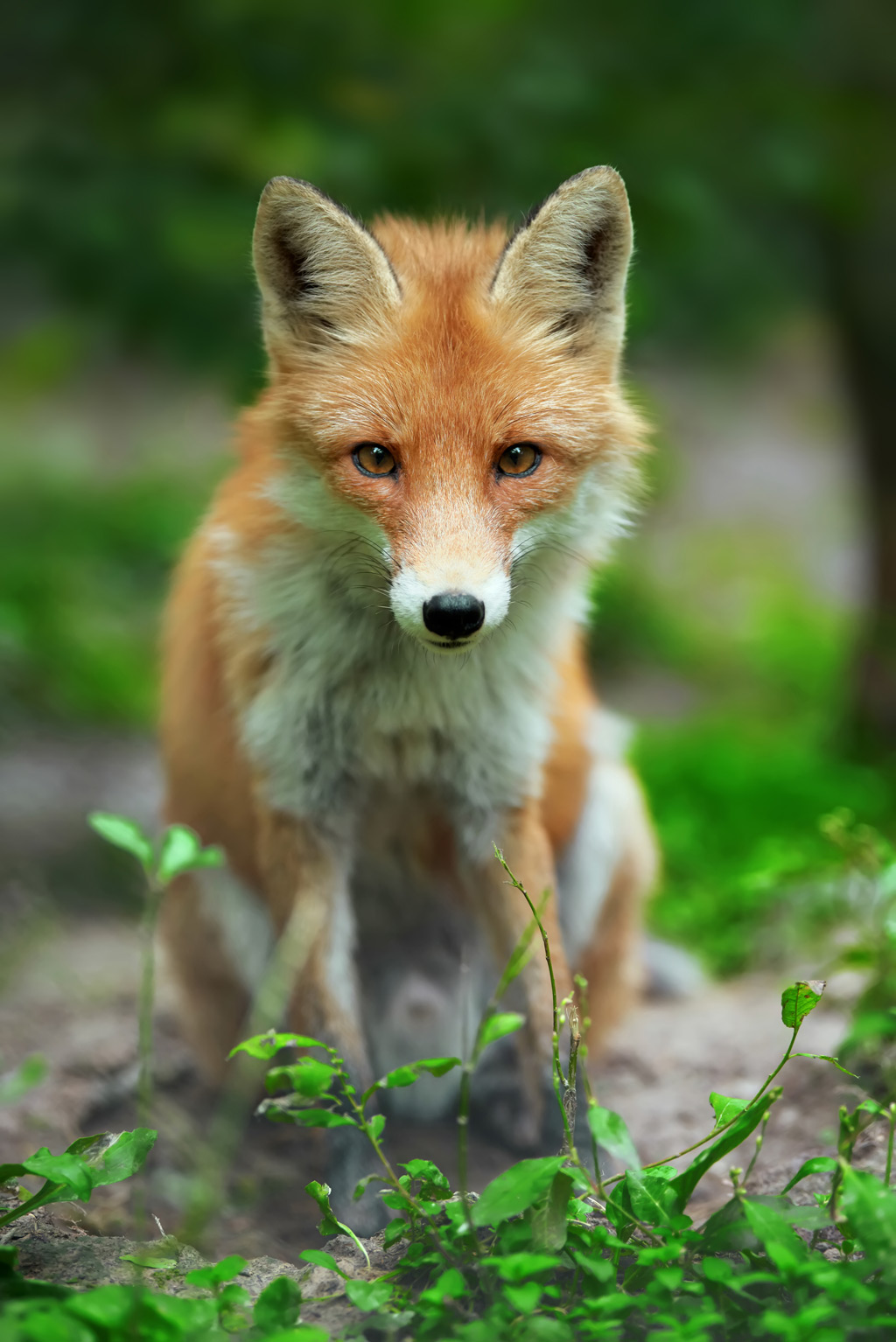
Dietary Adaptations
Red Foxes have sharp, pointed teeth for tearing meat and flat molars for grinding plant matter. Their keen sense of hearing and smell aids them in locating prey, even under thick snow.
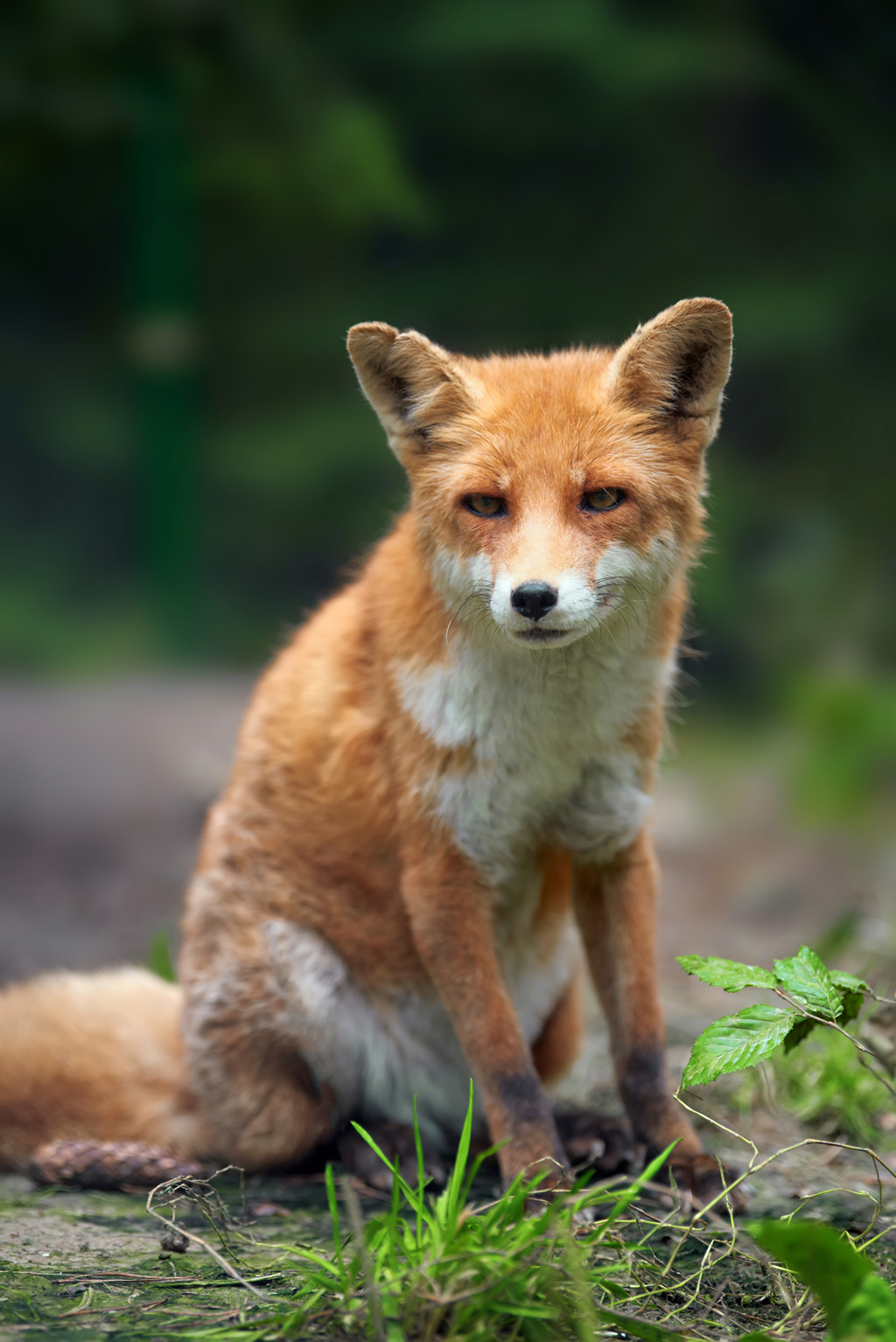
External Resources
For a deeper understanding of the Red Fox's diet and behavior, consider visiting the following resources:
Tables with Relevant Facts
| Food Source | Percentage in Diet | Season |
|---|---|---|
| Rodents | 60% | Year-round |
| Birds | 25% | Spring-Summer |
| Insects | 10% | Summer |
| Fruits/Berries | 5% | Spring-Summer |
Note: The table above provides a rough estimate and can vary based on the specific region and availability of food sources.
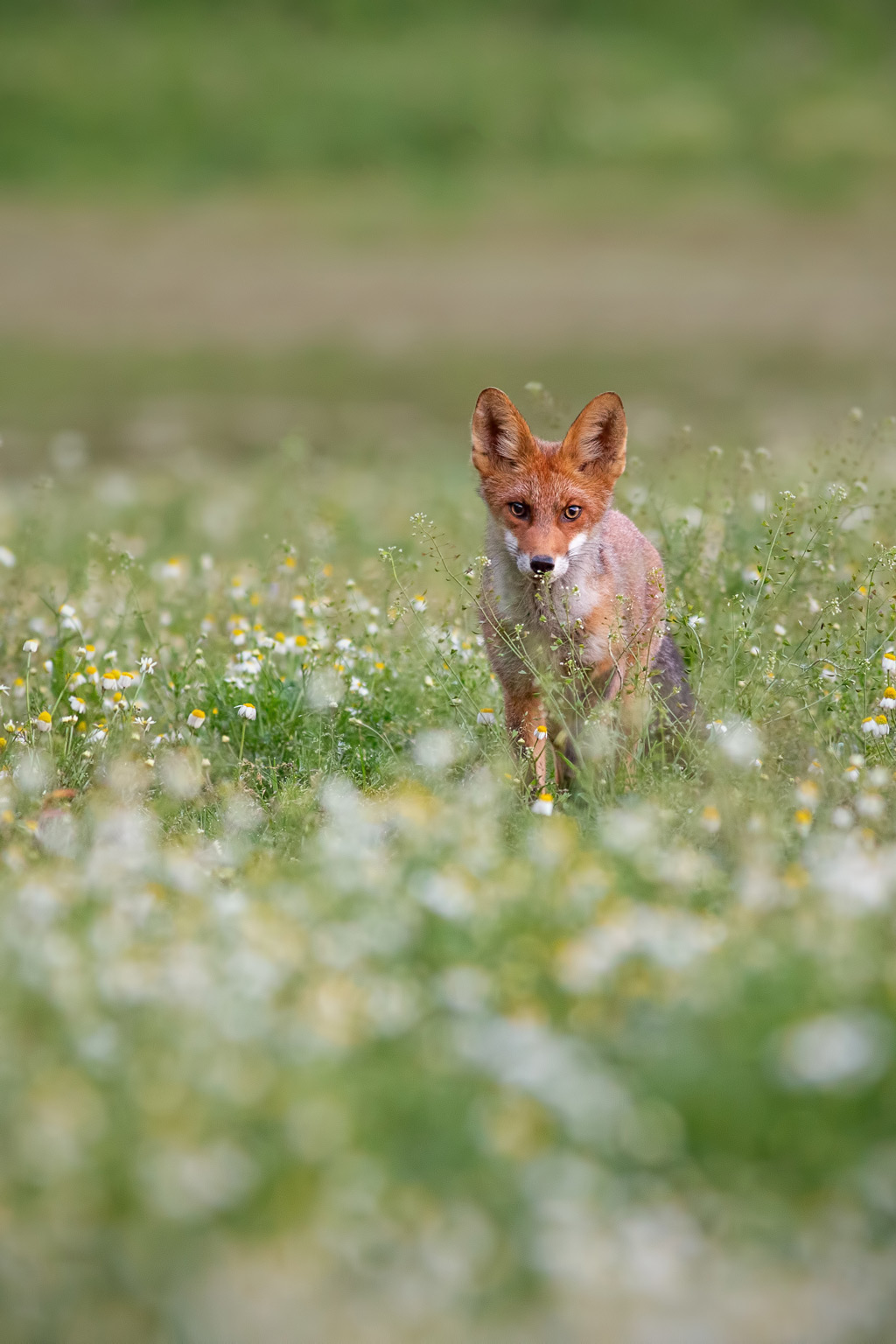
This article provides a comprehensive look into the diet of the Red Fox. Their adaptability and diverse food choices make them one of the most fascinating creatures in the wild. As we continue to encroach upon their natural habitats, understanding their dietary needs becomes crucial for their conservation.
Foxes are known to be opportunistic omnivores. Their diet predominantly consists of small mammals, especially rodents like rats, mice, voles, and occasionally squirrels. In rural areas, these mammals make up about 50% of their diet. Bank voles and field voles are the most commonly consumed small mammals. Foxes in urban areas often have mice and rats on their menu. Interestingly, fox cubs are observed to frequently tackle brown rats, possibly because these are some of the first mammals they encounter.
Foxes also consume shrews, but they are often cached and not eaten, possibly due to their distasteful scent glands. Moles, despite being caught by foxes, are seldom consumed. This might be attributed to a musky-odoured secretion from scent glands on their stomach, making them unpalatable to predators.
Hedgehogs occasionally appear in fox diets, and there's debate about the significance of foxes as predators of these spiny mammals. Some accounts suggest foxes have methods to get a hedgehog to uncurl, but these are rarely witnessed.
Foxes also prey on larger mammals like otters, stoats, deer, badgers, opossums, porcupines, domestic cats, water voles, and wild boars. In Australia, foxes sometimes consume kangaroos, but it's unclear how much is scavenged versus predated.
Invertebrates, especially beetles, butterflies, moths, and earthworms, are also part of the fox diet. Foxes have been observed eating rat-tailed maggots, hoverfly larvae, and crane flies. Insects are a significant part of the diet during late summer and autumn.
Birds, especially during spring and early summer, are another dietary component for foxes. This is especially true when they have cubs to feed. Birds like songbirds, doves, pigeons, chickens, waterfowl, gulls, and wading birds are sometimes consumed.
Lastly, foxes also consume plant material, with fruits like blackberries being a significant part of their autumn diet. They also eat other wild and cultivated fruits, and occasionally vegetables and crops.

